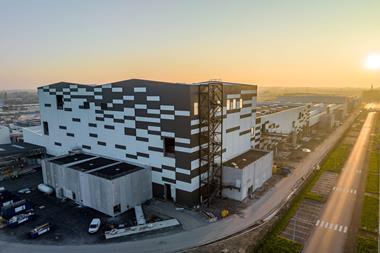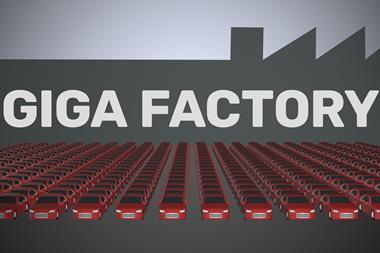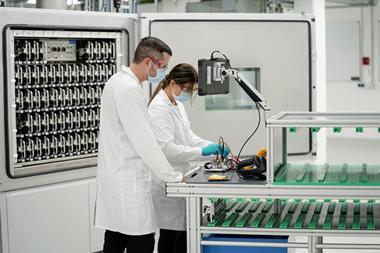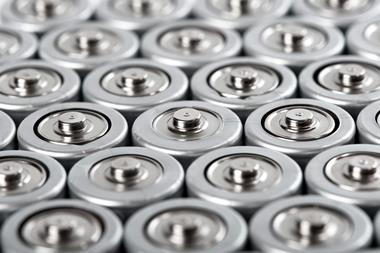Gigafactories give N. America, Europe more skin in EV game but minerals supply a worry
By Peter Murphy2022-08-05T16:25:00
Battery metals prices have become a significant threat to automotive’s pursuit of electrification with growing EV output calling for higher volumes of minerals production.
Europe is forecast to catapult battery manufacturing capacity to 36% of the global total on a gigawatt hour (GWh) basis, pushing it close to China’s predicted 43% of world supply, by 2030. Europe currently has 46 gigafactories in planning or under construction.
Tracking the global manufacturing capacity figure alone will not offer an accurate picture of potential battery shortages for automakers in the future, given that each will commit to one or several of many different chemistries and cell formats on offer, the report notes.







































